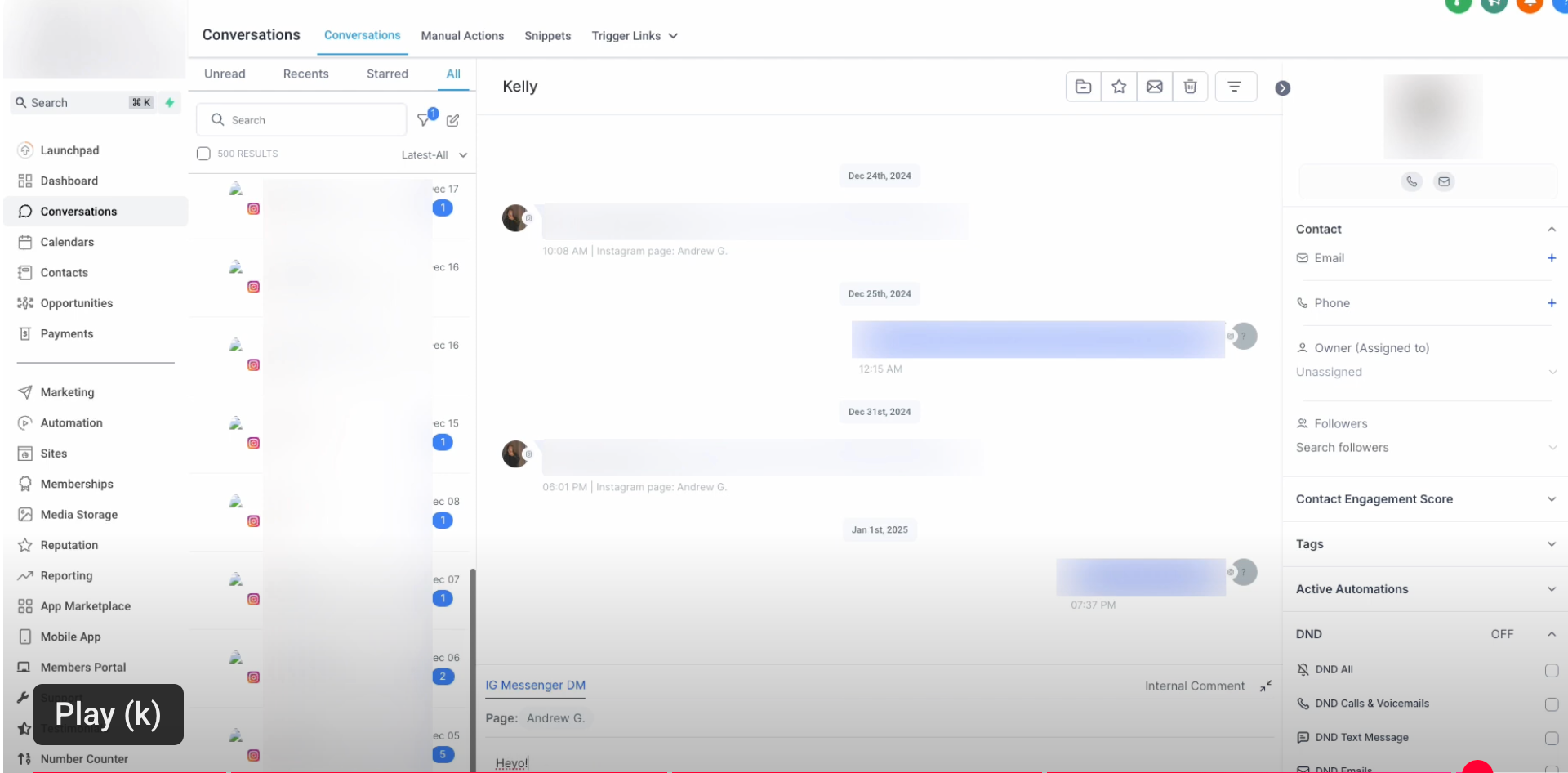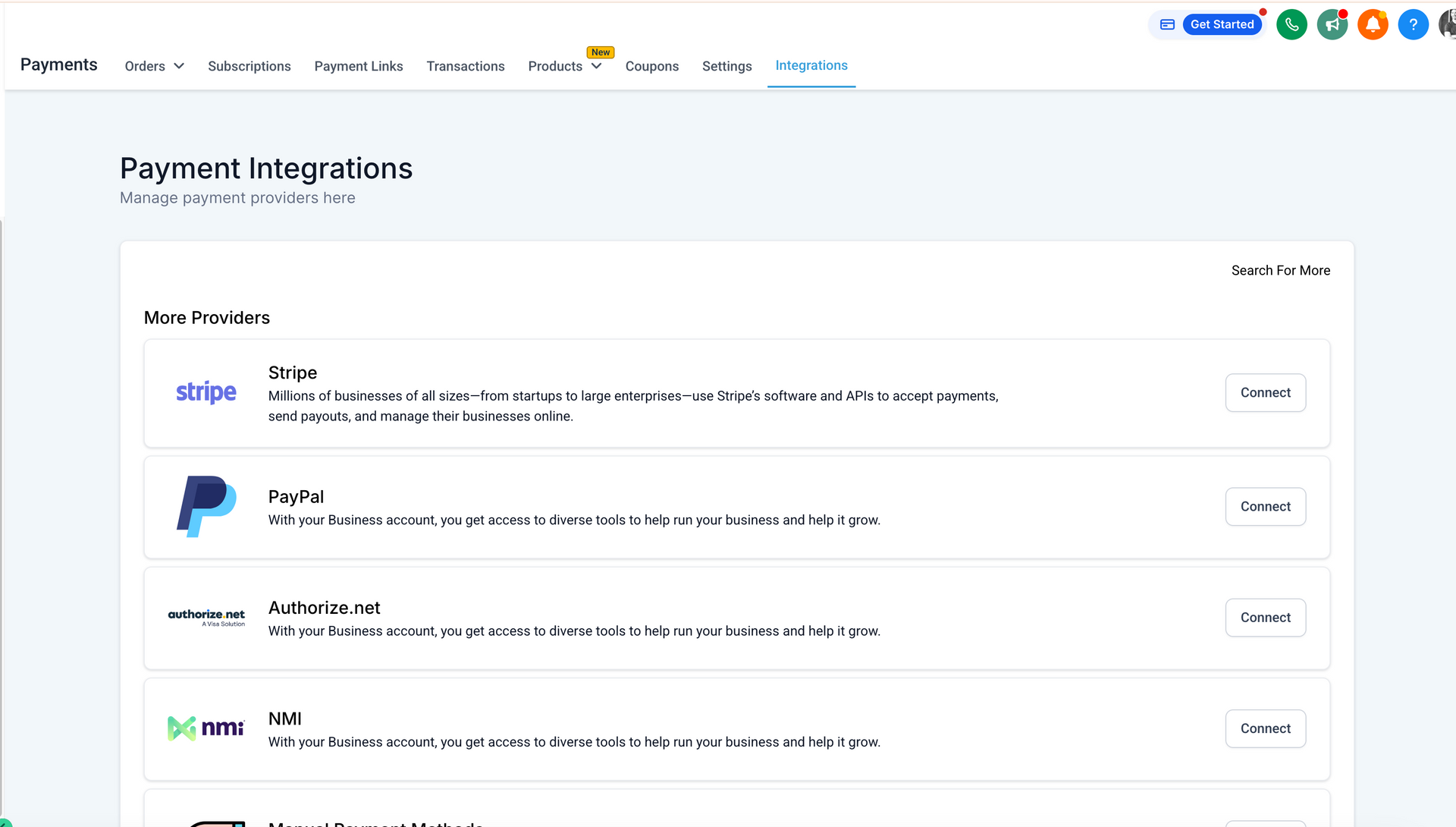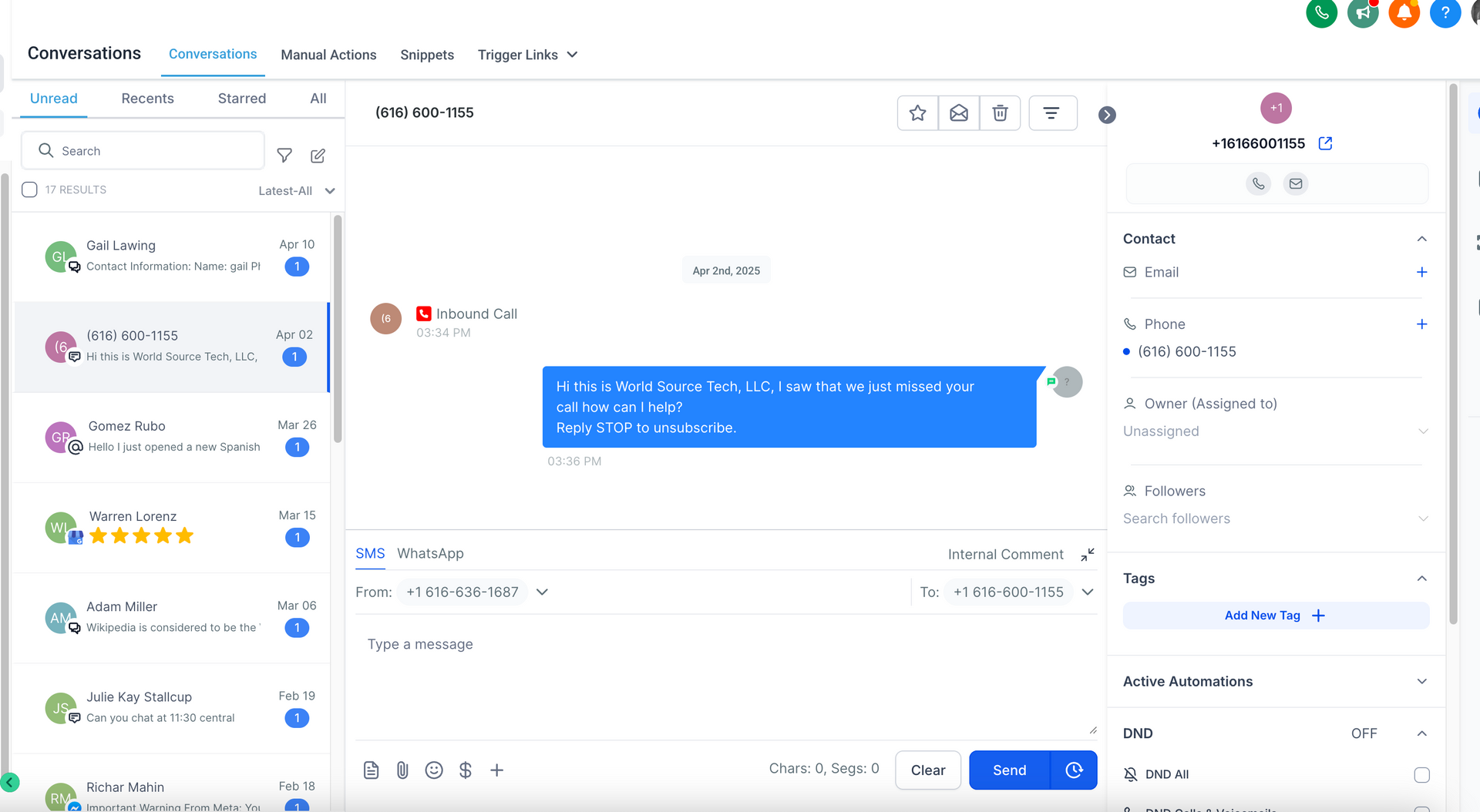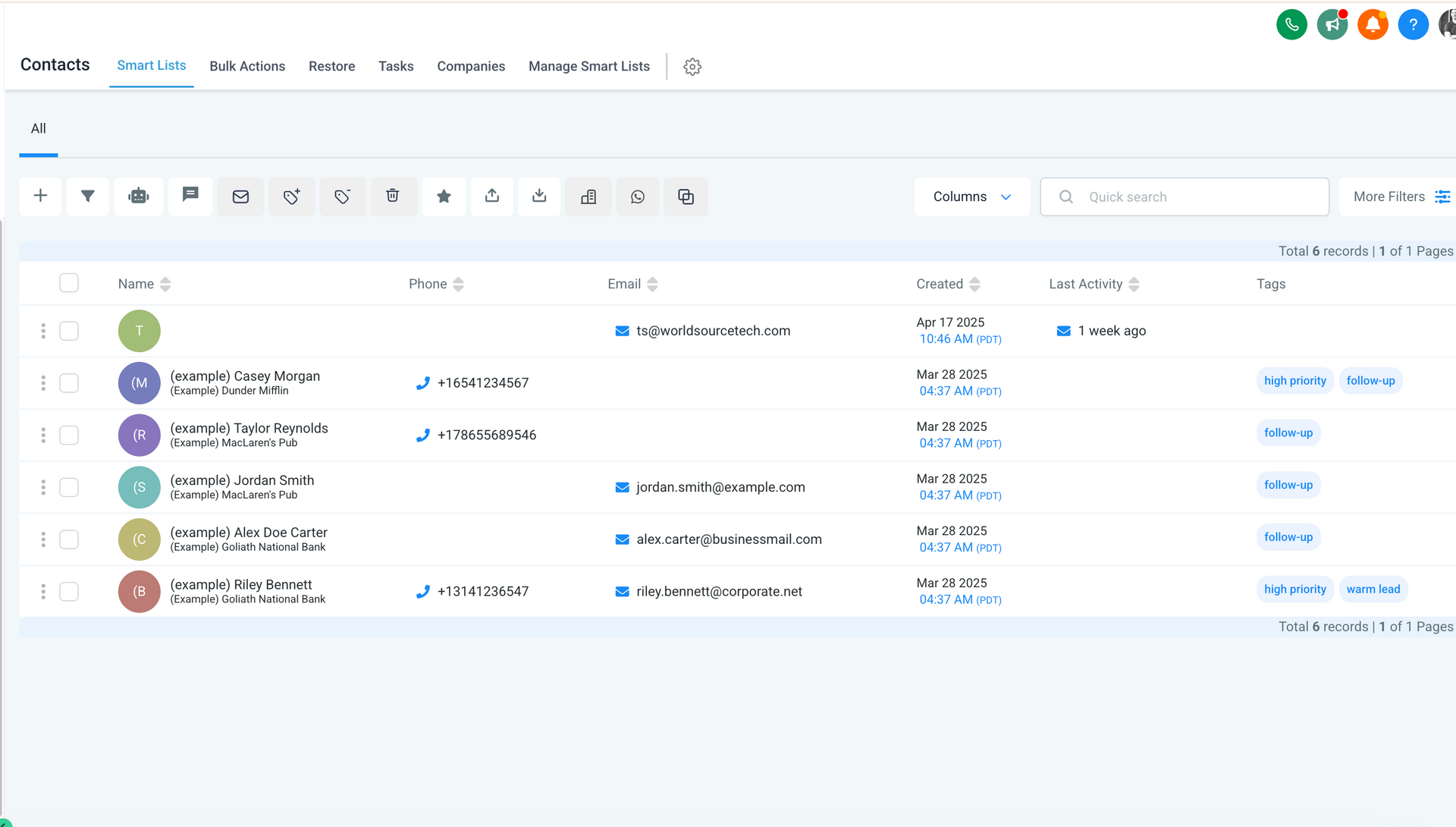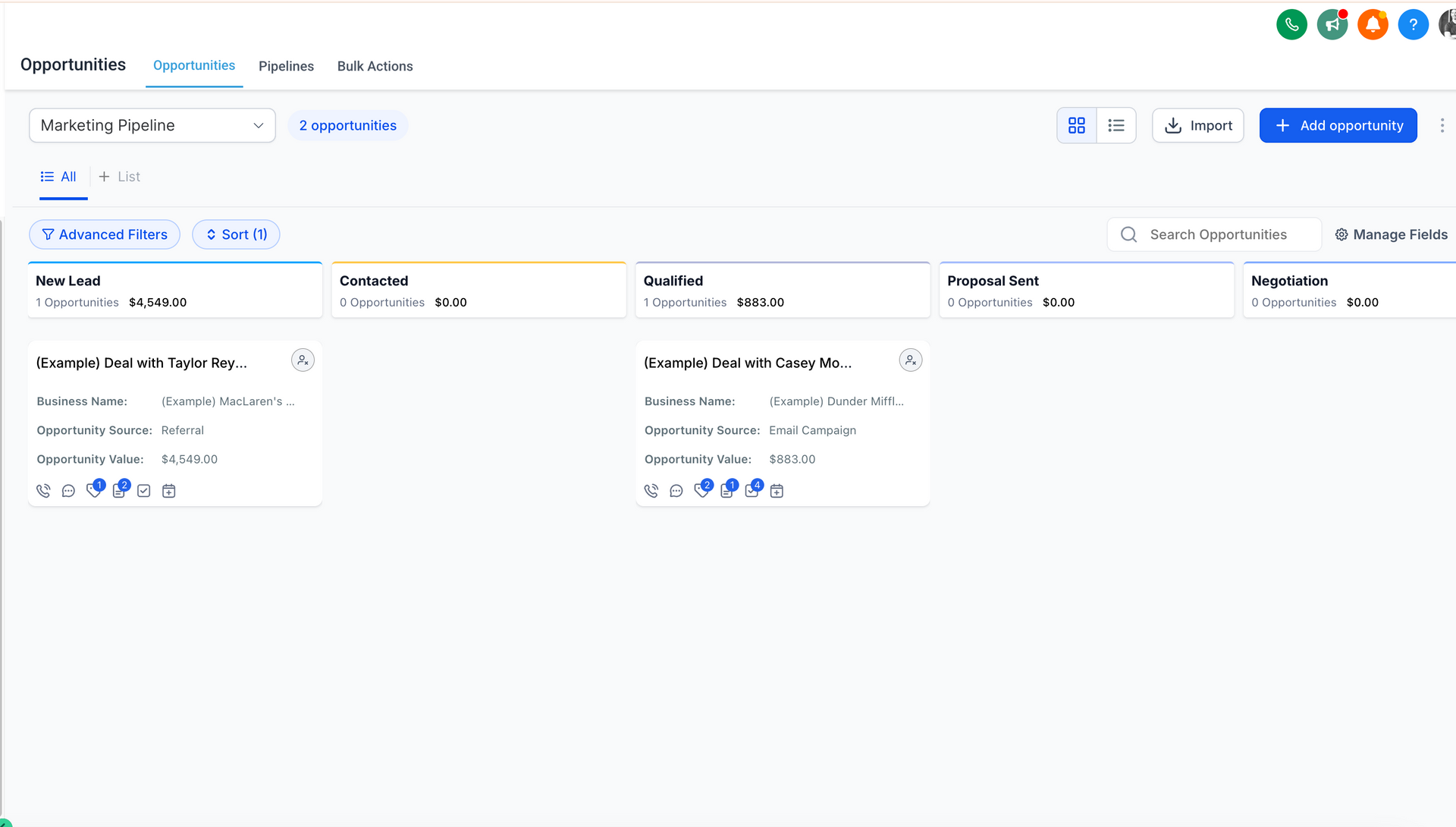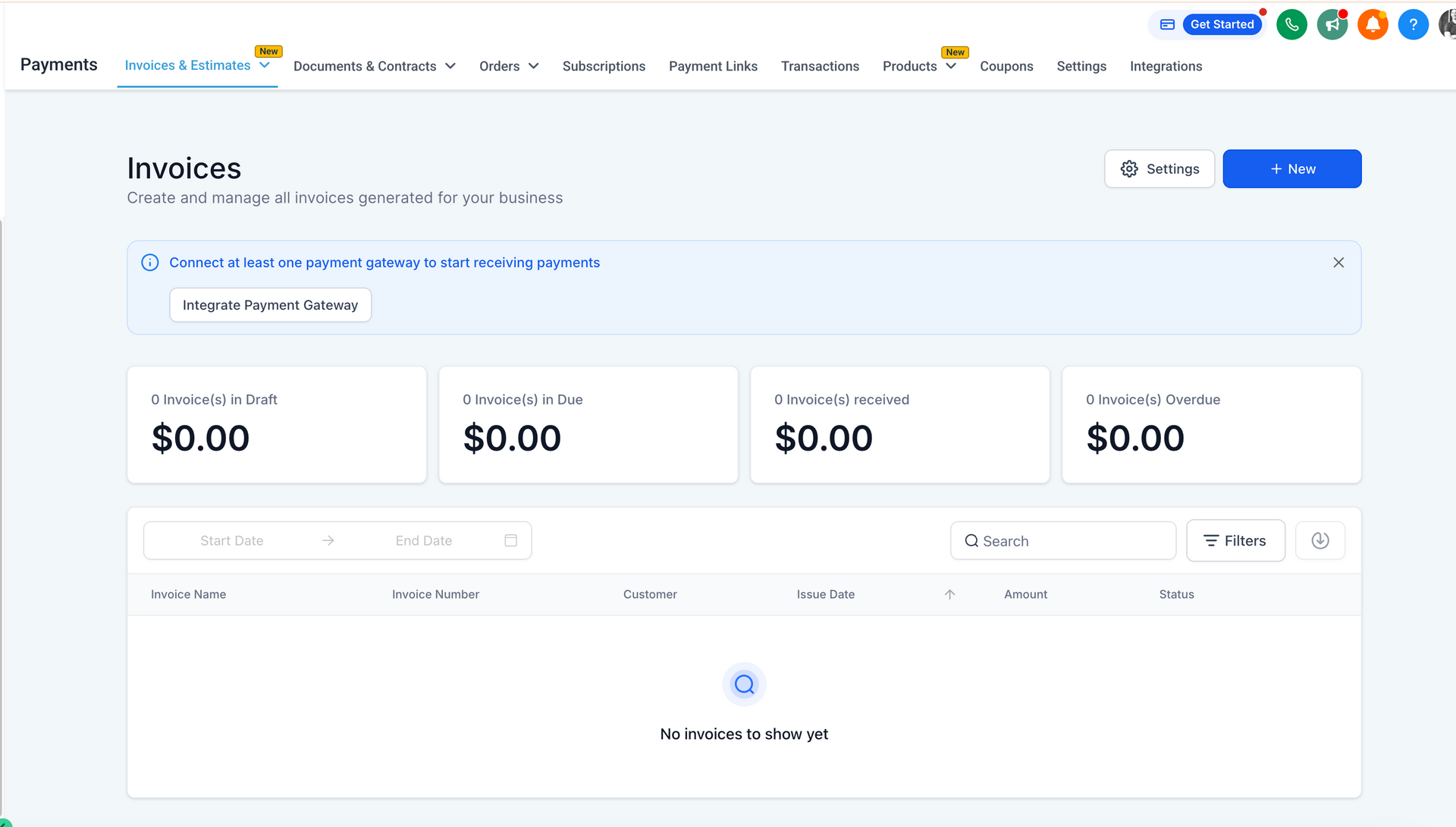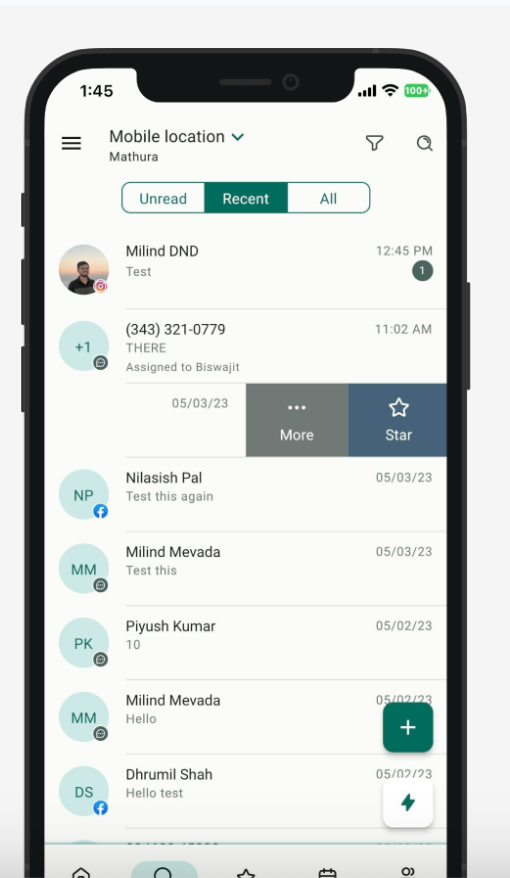How to Choose the Best Blog Topics
If you maintain a business blog, you have probably spent time pondering what topic would be worthwhile to address in the next blog post. The very best business blog topics do two things: reach your target audience and enhance your website’s SEO in the process. Luckily there are some proven strategies for selecting exactly the type of topics that can help you achieve your goals.
Consider Your Audience
First of all, you can find inspiration if you consider the type of posts that engage most readers:
- Topics related to your clients’ biggest problems are often the most popular. One approach to engage your audience and find topics at the same time is to send a query to your email marketing list to get feedback on their top questions, concerns, and problems. Surveying your clients by email is a sure way to make sure your posts are of interest to at least some of your audience, to get potential clients to visit your blog, and to start a conversation that some of your clients are likely to engage in.
- Readers are likely to read content that seems relevant to them at the moment. Make your blog relevant by relating your business or expertise to current events and news stories, or events of local interest. Choose a local article to reference or review.
- Check your blog metrics to see which of your previous posts were most viewed, and then come up with topics related to your most viewed previous posts (assuming that is the audience you want). There are two reasons to do this. One reason is that your audience responded to something within the previous posts. Continue the conversation and keep them coming back for more! The other reason is that blogging on a topic similar to your previous post can improve your page rank. Link to the previous related post, which will also give you a backlink to improve your SEO.
Optimize for Keywords
Speaking of SEO, another way to choose topics is to focus on keywords to improve SEO.
- One source of great topics is Google Analytics, the free tool that you can run on your website to see (among other things) what keyword phrases bring readers to your site. Check your Google Analytics for 3 and 4 word keywords used to find your site with longer page view time. Once you review your analytics, you can come up with a new topic incorporating those keywords.
- Another option is to make your blog post titles reflect the keywords for which you want to be found. You can probably come up with these terms on your own, or you can search Google AdWords Keyword Tool to get ideas for keywords related to your blog. There are also free keyword list generators that can give you ideas.
- Be sure to think about long tail keywords, the longer keyword phrases that are more specific and targeted than “head” (or shorter) keywords. Long tail keywords drive most search engine traffic.
There are many ways to find potential topics to keep your blog fresh and useful, but these are a few tried-and-true strategies to give you a starting point next time you are searching for effective topics. Any time you would like help maximizing the marketing potential of your blog, be sure to contact the experts at World Source Tech.
Photo: Bright Meadow





